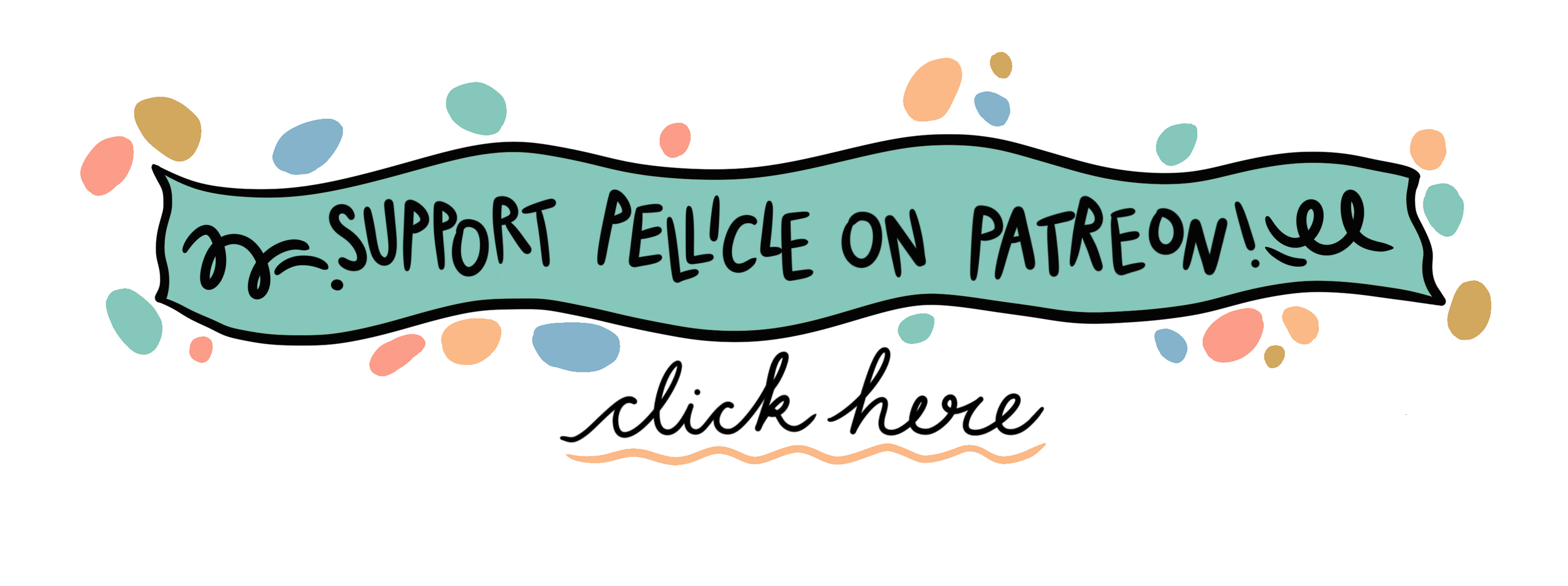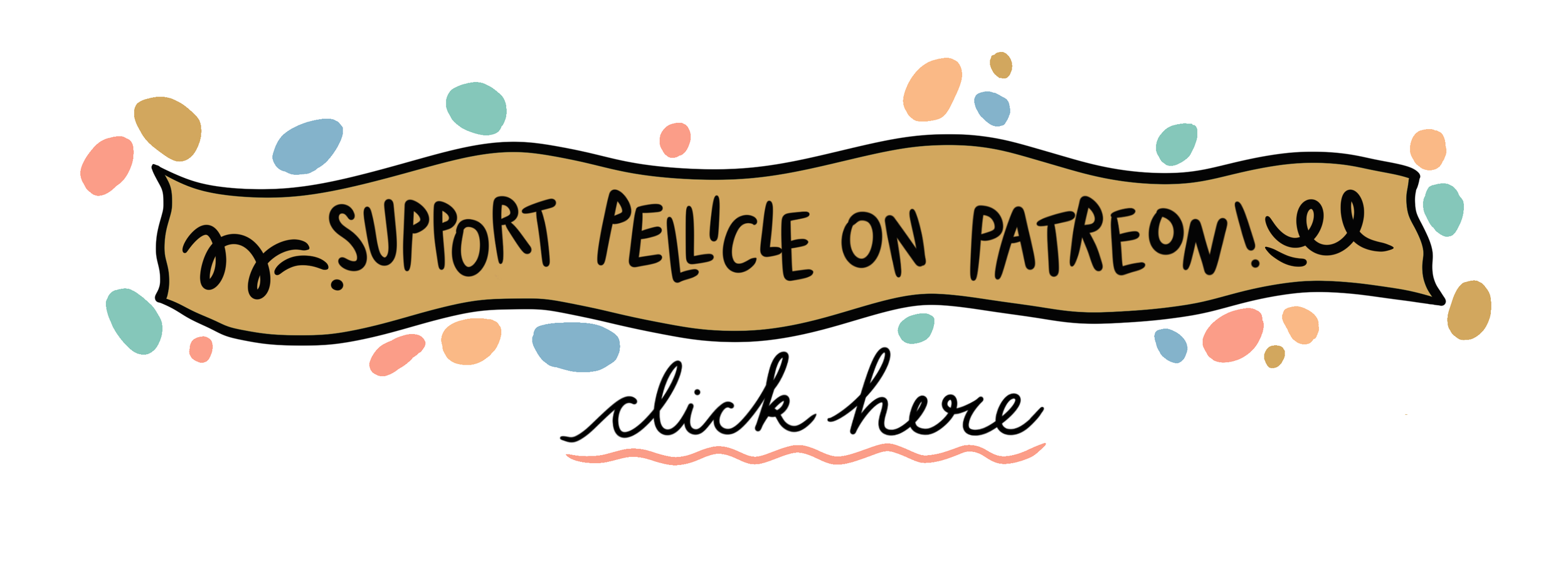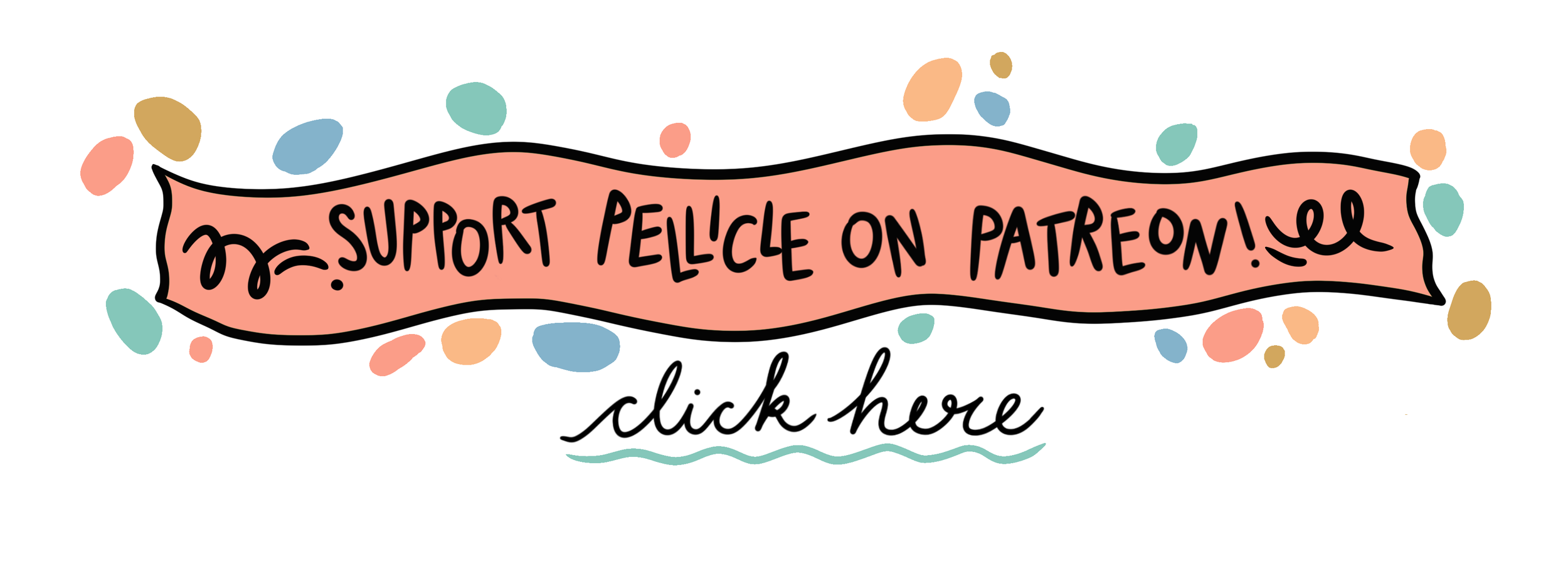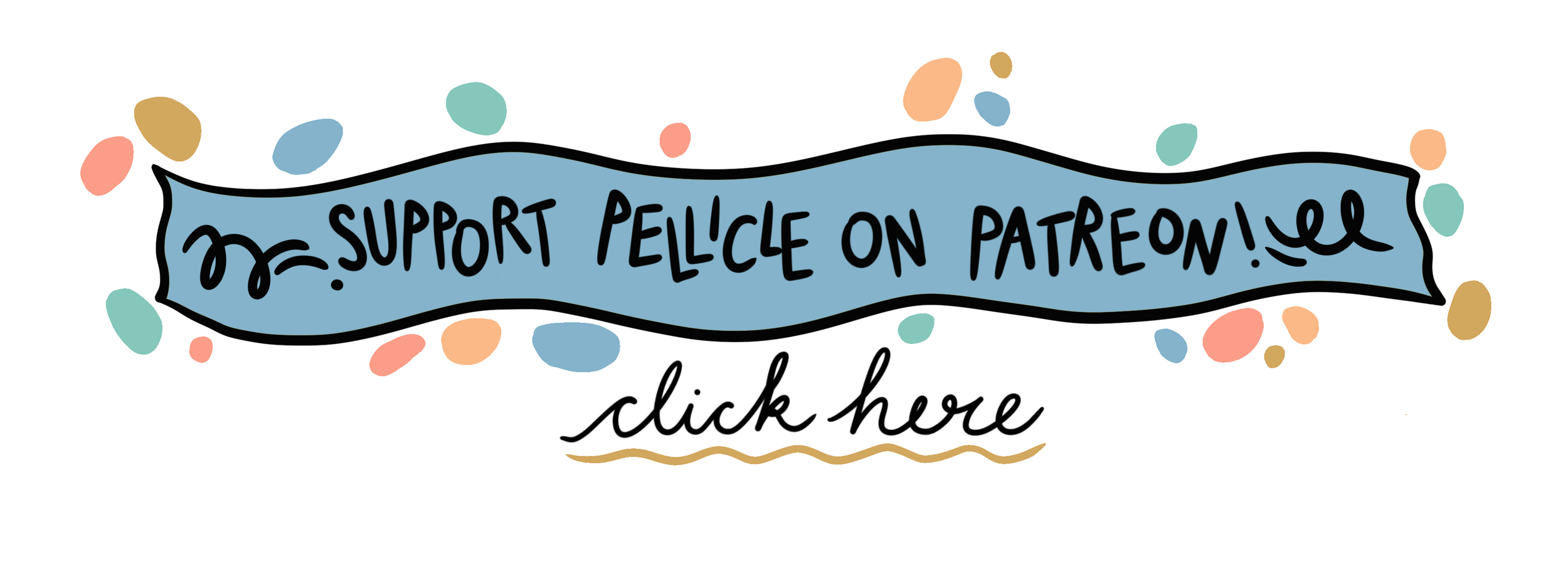Highway to Helles — Störtebeker Braumanufaktur in Stralsund, Germany
Something is wrong. The Deutsche Hobbybrauer-Meisterschaft (German homebrewing championship) has reached the semi-finals but, as each judge samples the fourth beer, there is consternation. Grunts, raised eyebrows, semi-comic grimaces; everything suggests this beer is not as it should be.
What’s the issue? It’s opaque, but that’s not a problem. There’s nothing wrong, either, with the colour or the texture, both of which are as they should be.
No. The problem is that it smells very strongly of onions.
“This would go well with a döner kebab,” head judge Dennis Spahn jokes. Everyone chuckles. This beer won’t be Germany’s homebrew champion in 2023.
A German beer made with onions? Not on this occasion, the dodgy aroma is more to do with the misuse of modern hop varieties in a New England IPA, the style chosen for this year’s competition—but at the Deutsche Hobbybrauer-Meisterschaft, it wouldn’t be a total surprise.
The event, which takes place in September at the Störtebeker Brewery in Stralsund on Germany’s Baltic Coast, is a riot of Reinheitsgebot non-compliance. There are three elements: the competition, workshops for homebrewers, and a festival boasting dozens of homebrewed beers from across Germany.
On this sunny Saturday afternoon, the brewery’s roof terrace is full to bursting with exuberant homebrewers, and they’ve laid on quite the selection. There’s Unicorn’s Puke, a 10% ABV marshmallow-infused sour made by Kolner Bierhistoriker in Cologne; Himbanero, an ale made with sour raspberries and Habanero chillies, produced by SierBier in Wester-Ohrstedt; Imperialistische Kackscheiße (Imperialist Bullshit), a 17.9% ABV Imperial Stout, made by Hefezüchter in Aachen; and many others, along both similar and slightly less expansive lines. We’re a long way from Bavaria.
But then Störtebeker Braumanufaktur—the brewery that created the Deutsche Hobbybrauer-Meisterschaft in 2017 and still runs it, having hosted six of its seven iterations—is a very different beast from its South German rivals, culturally as well as geographically.
This is a North German brewery, an East Germany brewery, a Hanseatic brewery, a brewery right on the edge of Germany—and yet, in a nation where per capita beer consumption has been falling for years, it is remarkably successful, having tripled production to 350,000 hectolitres (close to 62 million pints) in the past decade.
From packaging to non-alcoholic beer, Störtebeker is as confident and innovative as many German breweries are conservative. “It’s one of the best breweries in Germany,” says Michael Lembke, head brewer at BRLO in Berlin. “They have a fantastic range and the quality is excellent.”
Such is its growth and burgeoning significance, indeed, that one question is unavoidable: is Störtebeker the future of German brewing?
***
It’s not easy to find Angela Merkel’s office. The former German chancellor represented Stralsund from 1990 until 2021, but unless you knew, you’d never guess that No 29, Ossenreyerstraße—where a gift shop selling t-shirts and other tourist trinkets occupies the ground floor—was once her local political base.
Illustrations by Tida Bradshaw
The only clue is a slight discolouration on one of the stone panels next to the entrance, where a plaque reading ‘Bundestagsabgeordnete der CDU Dr. Angela Merkel’ (CDU member of the Bundestag Dr. Angela Merkel) sat until recently.
Stralsund itself can seem equally careless about its recent history. This is a place that makes much of its Hanseatic links (the city centre, with its handsome red-brick Gothic architecture, became a UNESCO world heritage site in 2002) but not so much of its forty years as part of East Germany.
At first glance, it seems wealthy, a tourist town where a plate of fish and fried potatoes down by the waterfront will cost you the best part of €25. There are picturesque ponds, an abundance of cobbles, delightful squares, and plenty of strolling 60-something couples in pastel jumpers.
But you don’t have to scratch the surface much to uncover more recent history. The town’s most important church, St-Marien-Kirche, is abutted on its north side by Soviet War graves centred around a memorial featuring a bronze frieze—restored in 2022—depicting a Russian soldier shaking hands with a German civilian. Nearby, Karl-Marx-Strasse leads to a roundabout where both McDonalds and Burger King do good business.
Culturally and economically, the Deutsche Demokratische Republik casts a long shadow. Right-wing politics is on the rise here as in the rest of the former East Germany, albeit more modestly; in the most recent city elections in 2019, the far-right AfD increased its representation on the 45-strong council to six.
Mecklenburg-Vorpommern, the state in which Stralsund is located, is Germany’s third poorest (out of 16). The city’s biggest pre-1989 employer, the shipyard Volkswerft, was recently bought by the council following the collapse of its previous owners, MV Werften, in 2022. (On the Friday before the festival, when I went to peer across its empty car park, its huge waterside site was remarkably quiet).
And yet Störtebeker thrives. That wasn’t always the case—and nor, indeed, was the brewery always called Störtebeker. It was once Stralsunder, founded in 1827, but its modern story begins in February 1990 amidst the wreckage of the former DDR.
That was when Jürgen Nordmann, with father Fritz and brothers Fritz-Dieter and Oliver, arrived. Their drinks distribution business, Nordmann Unternehmensgruppe, based near Bremen in West Germany, had been invited to sell drinks in Rügen, a Baltic island across the Strelasund Sound from Stralsund, during the first summer following reunification.
As the weather cooled, though, they realised how seasonal the Rügen trade was, and began to look for something that would ensure better sales in the winter: a local brewery.
““People on the street said, ‘Oh Stralsunder is shit beer, you cannot drink it!’””
At the time East Germany breweries were in high demand—or some of them were. Export brands such as Radeberger and Lübzer, which had the best equipment and ingredients East Germany could afford, had an excellent reputation, and were quickly snaffled when the Treuhand—the organisation established to sell off state-owned East German companies—put them up for sale in 1990.
Stralsunder was different. Having paid 1 million Deutschmarks (about £815,000 in modern pounds Sterling), the Nordmanns were confronted with dozens of suppliers demanding back payment, coal-powered brewery equipment in terrible shape, lagering cellars not cold enough to do their job, and a supply chain in ruins coughing up awful ingredients.
Perhaps inevitably, local people had grown to hate the beer.
“People on the street said, ‘Oh Stralsunder is shit beer, you cannot drink it!’” Jürgen tells me while sitting in an upstairs conference room in the brewery’s former packaging hall (Trinkt Stralsunder Bier, an elegant neon sign on the outside proclaims). He’s well-dressed, short and broad, a model of self-assured north German success.
“The brewing equipment dated from the end of the 19th century: we had no chance, in terms of water quality, energy, piping, keeping the brewery clean, keeping the [conditioning] beer cold. We had to change everything.”
At first, the Nordmanns only produced draught beer, and by 1995 just 10,000 hectolitres (1.76 million pints) were being made a year, compared to 100,000 in the high days of the DDR. That Stralsunder survived was thanks to its water—there’s a spring under the brewery—and gradually things were rebuilt.
“Mineral water gave us a little time to make the big transformation later,” Jürgen says.
There were cultural challenges, too. The brewery’s staff—150-strong in 1991—were not used to the West German ways of doing things, to capitalism in the raw.
“In East Germany, people learned to be one stone of the community, and nobody wanted to step out of line,” he says. “In the new system, it was more important to be an individual, to have personality, to attract customers. That was our problem.”
By the late nineties, things were looking up. Störtebeker was introduced as a tourist brand, and—following Fritz’s death in 2004—installed permanently on some beers in 2005. The brewery split amicably from the Nordmann group in 2010, Jürgen taking the former and his brothers the latter. In 2011, the brewery fully became Störtebeker, named for the 14th-century Robin Hood-style pirate-cum-folk hero. It’s a name that evokes happy memories of holidays in this delightful region.
“In Germany, people want to go on holiday to the Alps, or to the coast,” Jürgen says. “We couldn’t be a regional brand—all the restaurants were supplied by Lübzer—so we had to be a brand of the heart. It’s like when people go to Ireland, and they come home and still want to drink Guinness. They have a great experience here on holiday and they can have a taste of it all year round with our beer.”
It’s proven to be a smart move, backed by distinctive packaging in a country where battered plastic crates are often as fancy as it gets. Growth has been remarkable: 88,000 hectolitres in 2005, 140,000 in 2015, 250,000 in 2018, more than 350,000 now. Sales even grew during Covid-19, largely because only 10% of Störtebeker’s beer is sold on draught.
Störtebeker is an increasingly big hitter in a nation where, culturally and economically, much of the power still remains in the West. It is a member of an organisation called the Freien Brauer, comprising 44 medium-sized independent breweries in Germany, Luxembourg and Austria. Tellingly, Störtebeker is one of just two operating in the northern third of Germany, and one of three in the former East Germany.
You might, if you were being fanciful, compare the brewery’s success to that other northern/eastern outlier, Merkel, for 16 years Germany’s chancellor and—as it turns out—a fan of Störtebeker, where she used to hold her annual new year reception.
“So often, East German people want to give West Germans a kick in the arsehole when there’s an election, but they think, ‘Mrs Merkel is one of us’; she is a translator to West German society,” Jürgen says. “That’s why the AfD hasn’t been so successful here... Merkel was vital in ensuring that didn’t happen.”
On her visits to the brewery, she was often pictured gulping down beer. Does she like it? “No!” laughs Jürgen. “She likes white wine—but for the picture, she’ll have a glass of beer.”
***
One piece of the unvarnished pre-1990 brewery remains: lagering cellars that sit unused beneath on-site restaurant Zum Altern Fritz. Marketing man Aljoscha Taukel offers me a short tour, but there’s not much to see: elderly red tiles, a watermark in a room once used to store brewing liquor, and, on a beam, the remains of half a sign reading bitte sauberhalten (please keep clean).
Störtebeker, it appears, prefers to look forward. Today is Friday and Aljosha and Jens Reineke-Lautenbacher, head of research & development, are racing around, making sure everything is ready for tomorrow’s event. It’s their creation, and this is the first time the Deutsche Hobbybrauer-Meisterschaft has been open to the public here for four years, thanks to Covid-19 and the decision last year to hold it in Munich, coinciding with the Drinktec beverage conference.
“It’s hard to get to Stralsund, but people like to do it once a year,” Aljosha tells me. “They’ve told us: don’t hold it in Munich again!”
The benefits for Störtebeker are obvious. It is not a particularly radical brewery by British or American standards. It is a bridge between mass-market German beer culture and craft beer: beers like pale ale, witbier and stout alongside lager, brewed to the most exacting of German standards. Embracing homebrewers like this demonstrates that, even if Störtebeker’s beer makes concessions to mass-market saleability, at heart they’re on the side of the innovators.
And in terms of innovation, Jens is the heart of Störtebeker. Seven years ago—when he joined—he suggested a non-alcoholic version of the brewery’s Atlantik Ale, for which a proprietary process was developed. It has flown. The non-alcoholic version sells 50% as much as the full strength; overall, alcohol-free beer makes up between 20 and 25% of the brewery’s total production.
““It’s hard to get to Stralsund, but people like to do it once a year.” ”
He’s an impressive talker, genial and engaging, a natural to host the Deutsche Hobbybrauer-Meisterschaft awards presentation and the brewery’s popular online tastings. His passion for beer comes from his background (his family ran a beer distribution company not far from Dortmund) and a semester at the Boston Beer Company during brewing studies at Weihenstephan.
“That was really impressive,” he says. “The first few weeks, [there was] barrel ageing, sour beer brewing, Sam Adams Utopia, dry-hopping, all these things. I had a good training in Germany, but all this was new for me. At that time, dry-hopping was not legal in Germany!”
It’s a freedom that he’s carried to Störtebeker, a freedom nurtured by Jurgen. “Every idea is taken seriously,” Jens says. “It’s discussed—and you get a reason, why or why not [it will be pursued].”
This approach explains why Störtebeker makes 28 different types of beer, four of them non-alcoholic. Cristoph Puttnies, master brewer and a native Stralsunder, shows me around the brewery. He started as an apprentice in 1999, when the brewery made just five different beers. Now the numbers are more impressive. 16 brews a day, every ninety minutes; 26 hops varieties used; six types of yeast; six to eight weeks fermentation and conditioning for most of the beers.
There’s a single decoction step, too; a traditional method involving removing a portion of the mash and boiling it, long-since abandoned by many of Germany’s bigger breweries. Why do it?
“For a fuller body,” Cristoph, thick-set and straight-speaking, insists. Most, but not all, of the beers are Reinheitsgebot-compliant; many are filtered, much to his discontent. “People want beers they can see through,” he laments.
Beers like Stralsunder Pils, still made exclusively for the local market. It provides an interesting contrast to Störtebeker’s pilsner, which is a more classic North German pilsner: bracingly hoppy, lemony, clean, super-pale. Stralsunder is maltier, there’s a touch of caramel, fewer hops, smoother, less CO2; almost like a hoppy Bavarian Helles.
Down in the modern cellars, we sample a 6.5% winter bock that’s been conditioning for three weeks. It’s rich, rounded, with a touch more hop character than you would expect (it’s dry-hopped with Callista, a German variety, and unfiltered) and plenty of ripe peach and apricot flavour. It’s a vivid demonstration that Störtebeker’s beer is about quality as much as variety.
The real measure of Störtebeker’s growing potency, though, is at the rear of the site. This is the fully automatic packaging centre, built by Krones, gargantuan in size: 47 metres high, 6000 square metres in total. Five lanky robots on tracks run up and down fetching and storing pallets of bottles and kegs. These robots remember exactly where they’ve put anything, Puttnies says, so beer goes out in exactly the order it came in. There’s space to store 40,000 hectolitres (7 million pints), more than the brewery produced in the year Cristoph began—but it’s not quite full yet, he tells me. Room for more expansion.
***
1pm, Saturday. It’s 30 degrees on the roof at Störtebeker, and a feeling of excited bonhomie fills the air. Homebrewing in Germany is a small world, and plenty of people here only meet once a year. There are lots of men in the traditional homebrewing outfit—t-shirt, cargo shorts—but also plenty of women, children and, indeed, dogs, too. Homemade brewery t-shirts are legion: “Rich Mountain Brewery,” reads the back of one man’s shirt, “The Best Taste On The Way To South.”
Some beers are more popular than others. There’s a crush around the table serving ‘Unicorn’s Puke,’ but it’s another beer from Kolner Bierhistorike, a rauchbier called Cute Burning Witch, that takes my fancy. It’s smoky but not overwhelming, impressively smooth. A single gulp-sized pour is not nearly enough.
Among the homebrewers is a wife-and-husband team, Wiebke and Andreas Melcher from Hamburg, who’ve attended every edition of the Deutsche Hobbybrauer-Meisterschaft. They wouldn’t miss it, Wiebke tells me, even now they have two children. The pair, who’ve brewed a juniper-infused lager this year, say the main attraction for them is meeting up with friends.
“It’s about talking to people, it’s a community,” says Andreas, sporting a t-shirt advertising Estonia’s Põhjala brewery. “There’s nothing else quite like this.”
“It’s great [Störtebeker] do this every year, they provide a place where people can come together,” he adds. “I like their beer. They’re the perfect size: quite big, but not too big.”
That evening, homebrewers and attendees descend into the yard below, which is made up to look like sand dunes. A band composed of 60-somethings chug competently through some rock standards—Creedence Clearwater Revival, The Band, Chuck Berry—before Jens and colleague Lena Korthals take the stage to announce the winner of the New England IPA contest: Johannes Landwehr from Pforzheim in Germany’s South-West, who beat nearly 170 rivals. The best creative beer, meanwhile, is a salt and lime Mexican lager brewed by Timo Hogeback from Cloppenburg, not far from the Dutch border.
Mexican lager? Change is happening in German brewing. Few breweries understand this better than Störtebeker, which has recently launched an organic lager, Prost Bio Pils, and is currently working on an ambitious project to make the brewery a fully sustainable, zero emissions powerhouse.
“To do this, we have to establish a circular production system,” Jens says. “We’re aiming to take our spent grain, mix it with a fungal culture, and then [the process of] fermentation turns that into fungal biomass. That can be used to make vegan food—sausages, burgers, whatever—or you can extract the proteins to be used as an ingredient in food.”
As I leave the brewery after the award ceremony, I look left, away from town, towards a large poster advertising a new Störtebeker beer, Nordisch Hell. Endlich Hell im Norden, it reads, ‘Finally Helles in the North.’ Bavarian beer on the Baltic? Why not? Anything, it seems, is possible in Stralsund.



















